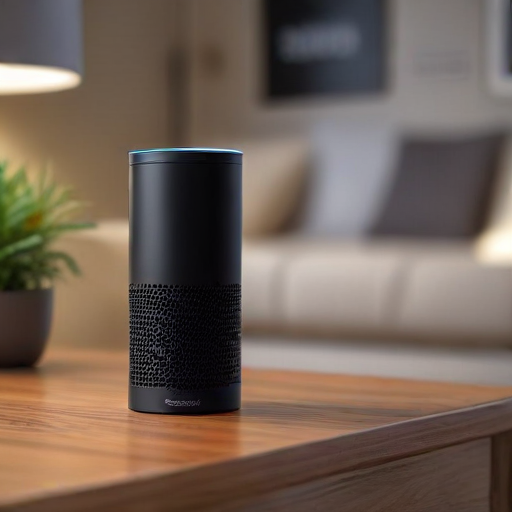Amazon’s ambition to profit from its Alexa-enabled devices appears to have fallen short, resulting in significant financial losses. According to reports, the company lost over $25 billion across its Echo, Kindle, and other devices from 2017 to 2021. Internal documents and accounts from unnamed sources reveal that while Amazon boasts hundreds of millions of device customers, the actual use of its Alexa-enabled Echo speakers leans more towards basic tasks like setting alarms rather than contributing to sales through shopping.
A former senior Amazon employee remarked, “We worried we’ve hired 10,000 people and we’ve built a smart timer,” highlighting the disconnect between investment and consumer utility.
In response to these challenges, Amazon CEO Andy Jassy is reportedly exploring a paid version of Alexa. However, concerns persist among engineers about whether this initiative will successfully drive profitability.
Amazon emphasized its commitment to creating value for customers beyond device sales. A spokesperson asserted that the Devices & Services organization has established multiple profitable ventures and is well-positioned for future growth.
On a positive note, Amazon is actively working on a new AI-enhanced version of Alexa that was demoed in September. Despite reports from former employees about delays and insufficient data to support the technology, Amazon insists that its Artificial General Intelligence team has access to the necessary resources to continue development.
The company’s focus remains steadfast on realizing its vision of creating the world’s leading personal assistant, which may ultimately enhance its value proposition and user engagement in the long run.
In summary, while Amazon faces challenges with its Alexa devices, the company’s ongoing dedication to innovation and responsiveness to market demands could eventually lead to a turnaround, reaffirming its position in the competitive tech landscape. The evolution of Alexa could still yield promising results, benefiting both the company and its consumers.
